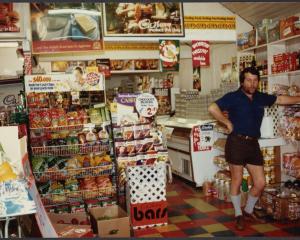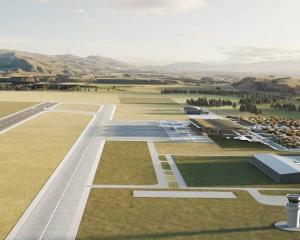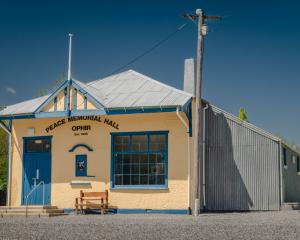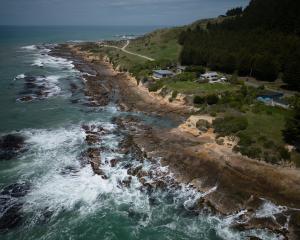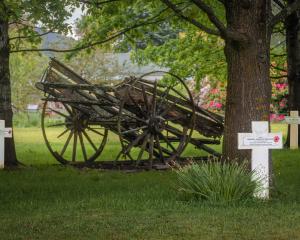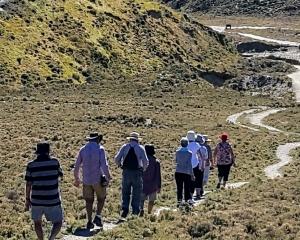George Griffiths and Ray Hargreaves present their collated historical impressions of Otago.
FARMING
These standard and wire fences, many miles of which my father had erected in 1880, had six plain wires and a barbed wire on top. Barbed wire was quite a new thing at that time and was first used in the district by my father. Many of the local people, and some of the settlers from out side districts, came to see this new invention in wire and widely different opinions were expressed about it.
Many thought it was far too dangerous to have on top of a fence.
Horses and cattle, especially cows, they said, ran a chance of being gravely injured; while dogs jumping could easily be caught and torn.
All these mishaps certainly took place and still do happen.
But the value of this wire as a means of keeping the fence in position and of preventing stock from straying was soon found to exceed greatly any losses through injury to stock or dogs.
Barbed wire had come to stay.
J. B. Thomson, My Early Recollections of Kuriwao Gorge and Clinton District, 1947.
GOLDRUSH
When we arrived at Dunedin, the rush had not at all commenced, and the place wore the aspect of one of those small towns which the tourist annually discovers in the Highlands of Scotland.
With our red shirts, long beards and moustaches, and our formidable looking picks and shovels, our ship's cargo of diggers were looked upon with as much curiosity as if they had been natives of Japan; but the curiosity subsided into suspicion, if not hate; and when the rush fairly set in, we were beheld with more apprehension than would have been an irruption of warlike Maories, in their natural costume.
People left our way in the streets as if frightened of their lives, and prayers were offered up in the various Presbyterian churches for our recovery from our sinful mode of life, and Providence was implored to remove from Otago this great social evil.
Charles Clifford, in Otago, a letter from a disappointed Australian digger to the Melbourne Argus, 30 October 1861.
OAMARU
Lit with gas, equipped with a good water supply, furnished with a theatre, mechanics institute, and all the other adjuncts of urban life, Oamaru is a very fine specimen of a young town, and the colonist who should find existence there to be dull or distasteful must be fastidious. -
A. Garran, Picturesque Atlas of Australasia, Sydney, 1886.
TRANSPORT
Cobb and Co's coach has already made a successful trip, and started again this morning with another load of passengers ...
Its first trip through the streets created quite a sensation among a community to whom Cobb and Co., as an institution, had been a myth; and a six, or even a four-horse coach a mere abstraction the joint offering of memory and fancy.
D. D. Wheeler. The New Zealand Gold-fields, Melbourne Argus, 28 October 1861.


